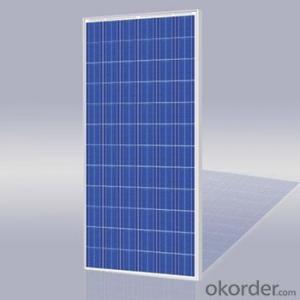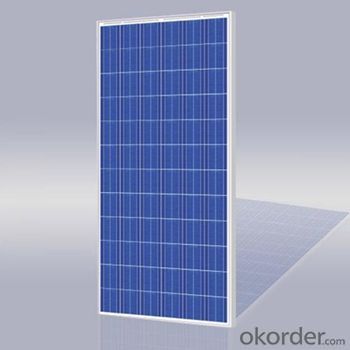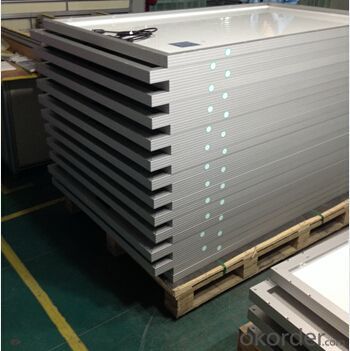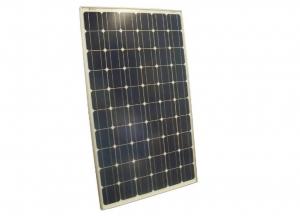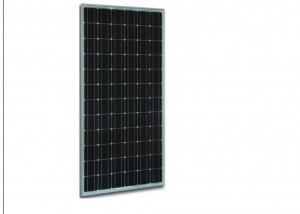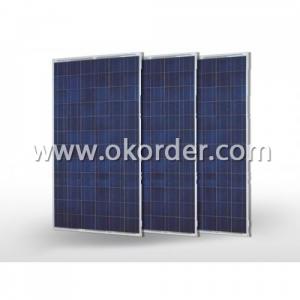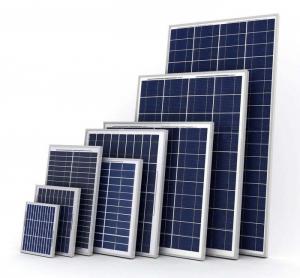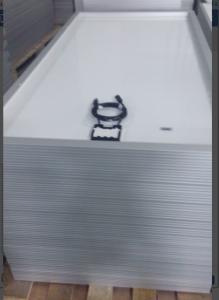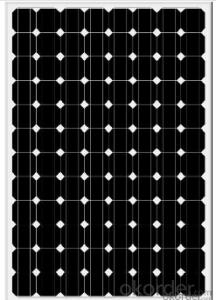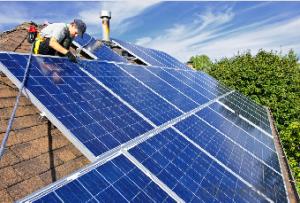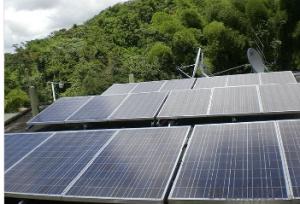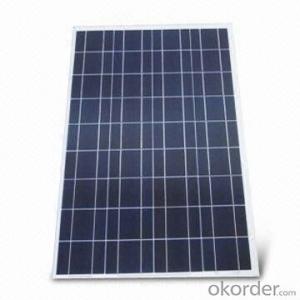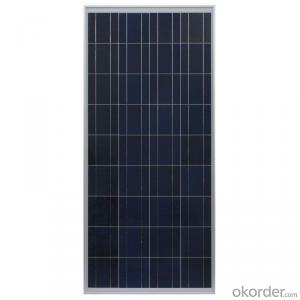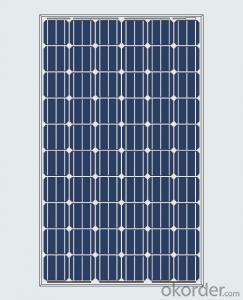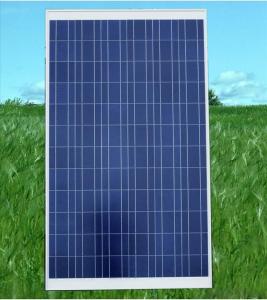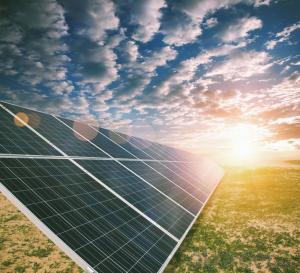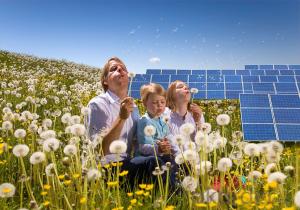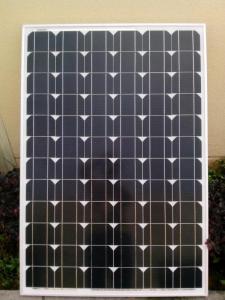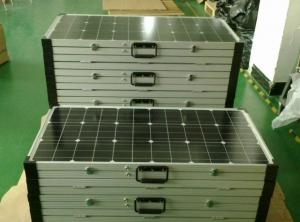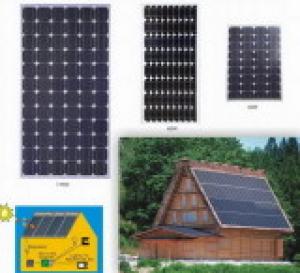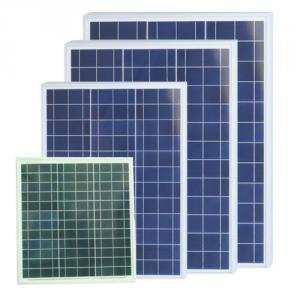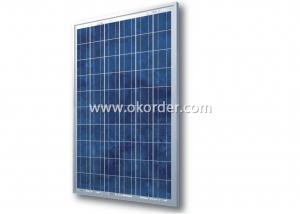Ubnt Polycrystalline Silicon Solar Panel 300W / Solar Module
- Loading Port:
- China main port
- Payment Terms:
- TT OR LC
- Min Order Qty:
- 3000 watt
- Supply Capability:
- 3000000 watt/month
OKorder Service Pledge
OKorder Financial Service
You Might Also Like
Product Description:
1.Structure of Polycrystalline Silicon Solar Panel for 300W
I. High efficiency crystalline silicon solar cell. Even if under the weak light, the solar module can produce maximum power output.
II. Tempered glass (toughened glass): Anti-reflecting coating and high transmission rate glass increase the power output and mechanical strength of solar module.
III. EVA and TPT: Using high quality EVA and TPT to prevent destroying and water.
IV. AI frame: Without screw, rner connection. 6 holes on the frame can be installed easily.
V. Junction box: Multi function junction box with water proof.
VI. Long lifetime: ≥25 years; Less power decrease.
VII. The certificate issued by international authority: UL, TUV, IEC, CE.
2. Standard Test Conditions of Polycrystalline Silicon Solar Panel:
The opto-electrical specifications shown below are stabilized values being measured at Standard Test Conditions, Irradiance: 1000W/m2, Spectrum: AM1.5 at 25°C, The info below is subject to manufacturing tolerances. Where appropriate minutes of measurement are available and are used for the dimensioning of the installation.
Advantages of Polycrystalline Silicon Solar Panel
• CNBM Solar performance guarantees for 25 years
• 12 years guarantee for workmanship
• Timeliness of delivery
• Quality Products certified (TÜV, UL, CE, ISO)
3. Solar Panel Images
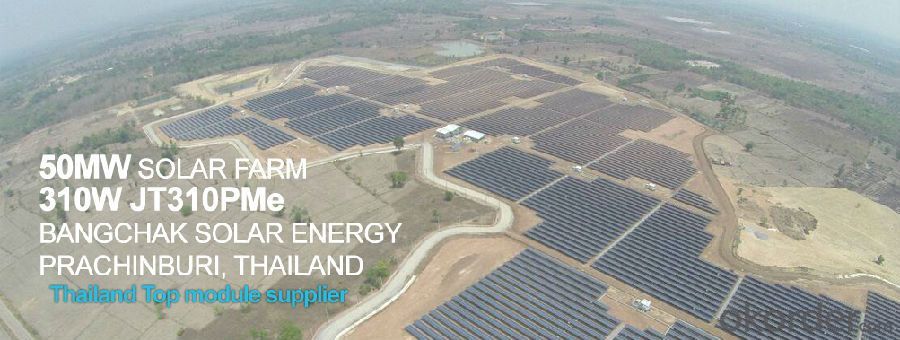
4.Quality certification and certificate
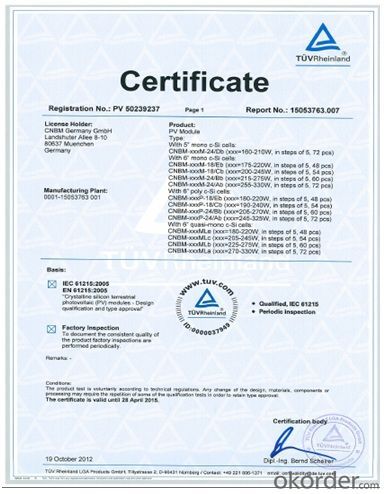

5.Our service
1.Reply your inquiry in 24 working hours
2.Customized design is available, OEM is welcomed
3.Delivery the goods to our customer all over the world with speed and precision
4.Offer the customer the lowest price with high quality solar modules
6.FAQ
We have organized several common questions for our clients,may help you sincerely:
1. Q: Do you have your own factory?
A: Yes, we have. Our factory located in shenzhen city, guangdong province.
2. Q: How can I visit your factory?
A: Before you take off from your country, please let us know. We will show you the way,or arrange time to pick you up if possible.
3. Q: Do you provide free sample?
A: Usually we do not offer free sample
4. Q: Could you print our company LOGO on the nameplate and package?
A: Yes, we can do that.
5. Q: Do you accept custom design on size?
A: Yes, if the size is reasonable.
6. Q: How do you overcome the anti-dumping and countervailing duties?
A: We can use original Taiwan solar cells, and provide Certificate of Origin of Taiwan.
7. Q: How can I be your agent in my country?
A: Please leave feedback. It's better for us to talk about details by email.
8. Q: Do you have solar project engineer who can guide me to install system?
A: Yes, we have a professional engineer team. They can teach you how to install a solar system.
- Q: If we invest billions in green energy and put up thousands of square miles of black panels that give off radiant heat couldn't that significantly cause more warming, not to mention the energy required to even make them?
- apparently okorder / <== this is a more lighthearted link. so the problem is not, what color stuff is. the problem is, how much energy can the planet lose? as far as the solar panel, consider, if that same amount of energy fell on the roof, some would be reflected and some would be absorbed. if it falls on a solar panel, some of the energy will get converted to electricity. so there will be less that needs to be radiated and lost. therefore, when they're working, solar panels, even though they're black, produce cooling.
- Q: Are there any health risks associated with solar panels?
- No, there are no significant health risks associated with solar panels. Solar panels do not emit any harmful substances or pollutants that could pose a threat to human health. However, it is important to handle and install them properly to avoid any potential accidents or injuries.
- Q: Hi there. I live in Colorado, and we obviously get a ton of snow there. I im looking into a solar power system for my home, and I am wondering if the snow will accumulate on the panels, or if, because of the energy passing through, it will melt on contact? By the way we get about 20' of snow each year, and it comes on often. I will also be putting them on my roof. Thanks for your help.
- Good news and not so good news. You need to be able to access the panels to clean the snow off. There is not any heat generated other than the heat of the sun hitting the black colour - which would amount to some melting ability during a sunny day - but it isn't sunny when it snows! Apparently, solar panels work better in the cold and where snow can reflect light so to increase the amount of light - photons - hitting the panel.
- Q: When I make a solar panel, what do I use to store the energy. For example I am going to make a solar panel to power my lights in my room. But I dont want the lights only to come on when the sun is out because that would be very pointless. So... Do I use the panels to charge something like a car battery and then run wires from the battery to an extension chord which will go to a surge protector? It sounds awesome, but I have to put it all together. The help is very appreciated. Thank you guys.
- Homemade okorder
- Q: Am using 800watts sukam inverter and have 55watts panel. What controller can i use to connect my solar system to have a max power . Already i have 200 Amp/hr battery
- You need a charger Controller but 55 watt panel is not a whole lot of power. So yes you can buy a very good one but it will cost a lot more. For a 55 watt panel you only need a 4 to 7 amp controller. But why not buy a 0 amp so you can add a second solar panel etc... A PWM (Pulse Width Modulated) is the cheapest and most robust type MPPT (Maximum Power Point Tracking) These controllers actually detect the optimum operating voltage and amperage of the solar array and match that with the battery bank. The result is additional 5-30% more power out of your array versus a PWM controller So unless you have a system over 200 watt the PWM works very good I have two of the PWM myself
- Q: I have tried researching on the internet and just cant find any real answer. I know that the amount of electricity produced when taking in the suns rays depends on the placement of the solar panels but I am just looking for ball park figures. Thanks
- Ultimately it depends on your utility and the country you're in. In countries like Germany, Spain and the UK, the utilities will pay a higher price for the power you produce then what they sell it to you at. Otherwise, in countries that don't have such arrangements, net metering is best where what you produce is discounted from the amount you buy per month therefore so long as you produce less than you use, you get the full retail rate, otherwise you may get only half the retail rate with some utilities. Obviously, the solar panels are rated and won't produce much more than the rated power, a 4 foot by 2 foot panel would usually be rated at 00 watts but in most situations will produce about 80 watts and would probably cost about $500 US installed. If you assume 8 hours of usable sunshine a day, 70% sunny days, a 25 year service life, monthly billing and 0 cents a kilo watt hour retail rate, you can expect at most a -.67% per annum return on your investment, that's a negative sign out front. Basically without any subsidies, you will lose money on the panel, sure you're get some money every month, about $.34 per month for that 00 watt panel but it won't make back it's money at at a rate of 0.0 per kwh. With subsidies it might be a good investment but it's still not a good deal without subsidies.
- Q: ok so when a solar panel is marked as a certain wattage dose that mean it makes that much in a day in an hour or constant, dose it still work at night or what ? is it worth it or is it more of a pain? can some one tell me what all the watts and volts mean ?? and can some one tell me what a kilowhat is in refrence to some thing i understand like howmany loads of laundey can you do wt a watt? i need help understanding this stuff?
- Quick okorder .
- Q: I want to plug my solar system battery bank into my transfer switch on my cabin when not using a generator. The transfer switch will handle 220 volt from my generator. How do I get a 220 volt inverter that runs 60 hz or do all of them run 50 hz.I see plenty of 20 volt 60 hz. I'm at the point of needing to order one and I'm not sure.
- Where is this located? Very few countries use 220 60Hz. Find an inverter that is dual voltage like the reference. Usually the frequency switch is separate from the voltage switch. .
- Q: I know there's different brands of solar panels and they cost different amounts.But if anyone know the average price of one solar panel could you help me out?Also could you please list the size of the solar panel.
- Solar panels come in all sizes, from one that is in your calculator to 0 or 20 feet on a side. link has several examples with size and power. if you want more, search google for buy solar panel 00w or 200w or 50w to get a list with prices. .
- Q: If you buy everything you need for a grid-tied solar set up, can you install it yourself or is it required that a professional installs it?
- By an utility approved qualified individual. The utilities really hate it if their maintenance people working on the power lines gets electrocuted because some solar powered inverter didn't shut off when they shut the line off.
Send your message to us
Ubnt Polycrystalline Silicon Solar Panel 300W / Solar Module
- Loading Port:
- China main port
- Payment Terms:
- TT OR LC
- Min Order Qty:
- 3000 watt
- Supply Capability:
- 3000000 watt/month
OKorder Service Pledge
OKorder Financial Service
Similar products
Hot products
Hot Searches
Related keywords
